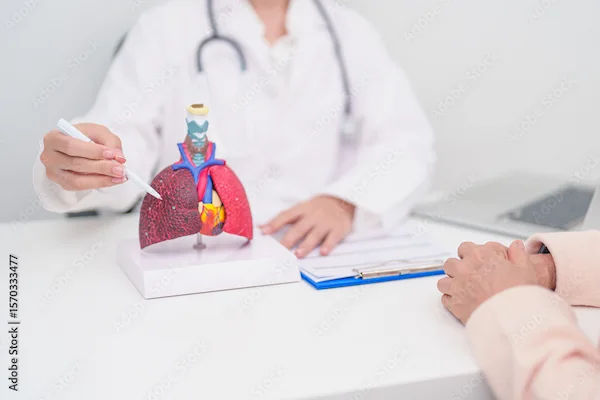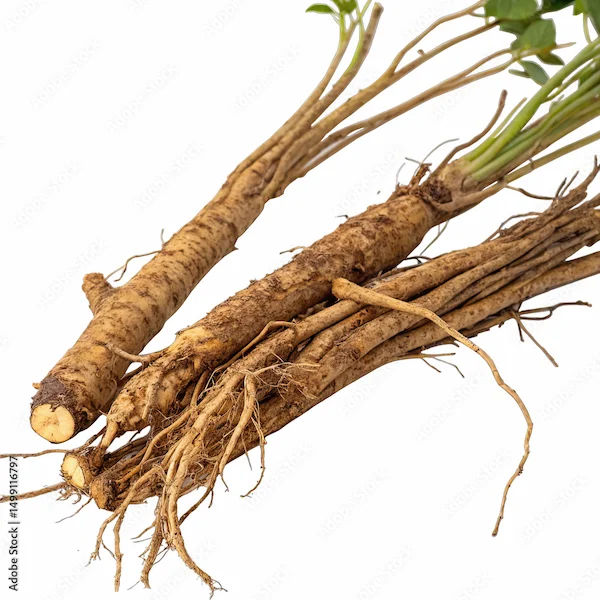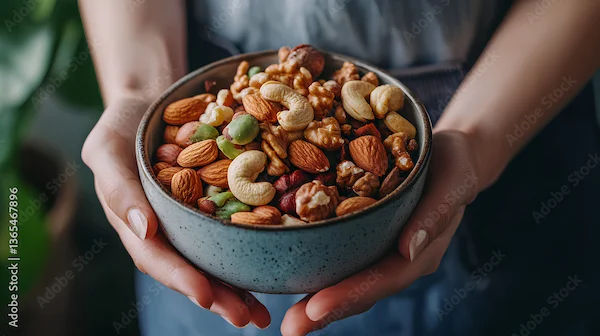Causes of Knee Pain Without Injury
Experiencing knee pain without an injury? Learn about common non-traumatic causes like arthritis, gout, and bursitis, plus effective ways to manage discomfort and when to seek medical help.


Introduction
Knee pain is a common complaint that affects people of all ages. While injuries like sprains, fractures, or ligament tears are well-known causes, many people experience knee pain without any obvious injury. If you’re dealing with unexplained knee discomfort, it’s important to understand the possible causes and how to manage them effectively.
Common Causes of Knee Pain Without Injury
These are the common causes of Knee pain without any injury:
1. Osteoarthritis (Wear-and-Tear Arthritis)
Osteoarthritis is the most common form of arthritis and occurs when the protective cartilage in the knee joint wears down over time. This leads to pain, stiffness, and swelling, especially after prolonged activity.
Who’s at risk? Older adults, overweight individuals, and those with a family history of arthritis.
Symptoms: Pain worsens with movement, stiffness in the morning, and occasional swelling.
2. Rheumatoid Arthritis (Autoimmune Arthritis)
Unlike osteoarthritis, rheumatoid arthritis is an autoimmune condition where the body’s immune system attacks the joints, causing inflammation, pain, and joint damage.
Who’s at risk? More common in women and often starts between ages 30-60.
Symptoms: Symmetrical knee pain (both knees), swelling, warmth, and fatigue.
3. Gout (Uric Acid Crystals Build-Up)
Gout occurs when uric acid crystals accumulate in the joint, leading to sudden, intense pain, redness, and swelling.
Who’s at risk? People with high-purine diets (red meat, seafood), obesity, or diabetes.
Symptoms: Severe pain, often at night, with visible redness and heat in the knee.
4. Bursitis (Inflammation of the Fluid-Filled Sacs)
Bursae are small sacs filled with fluid that cushion the knee joint. Overuse or prolonged kneeling can inflame them, leading to bursitis.
Who’s at risk? People who kneel frequently (plumbers, gardeners) or engage in repetitive knee movements.
Symptoms: Swelling, tenderness, and pain when moving the knee.
5. Tendinitis (Inflammation of the Tendons)
Tendinitis occurs when the tendons (connective tissues between muscles and bones) become inflamed due to repetitive stress.
Who’s at risk? Athletes, runners, and those with physically demanding jobs.
Symptoms: Pain just below the kneecap, worsening with activity.
6. Patellofemoral Pain Syndrome (Runner’s Knee)
This condition involves pain around the kneecap due to improper tracking of the kneecap over the thigh bone.
Who’s at risk? Runners, cyclists, and people with weak thigh muscles.
Symptoms: Dull ache behind or around the kneecap, worsened by stairs or prolonged sitting.
Consult Top Specialists for Personalised Tips
7. Infections (Septic Arthritis)
Bacterial or viral infections can affect the knee joint, leading to severe pain, swelling, and fever.
Who’s at risk? People with weakened immune systems or recent infections.
Symptoms: Sudden pain, swelling, fever, and difficulty moving the knee.
8. Obesity (Excess Weight on Joints)
Carrying extra weight puts additional stress on the knee joints, leading to chronic pain and faster cartilage breakdown.
Who’s at risk? Overweight or obese individuals.
Symptoms: Gradual knee pain, stiffness, and difficulty walking.
9. Poor Posture or Muscle Imbalance
Weak thigh or hip muscles can cause misalignment in the knee joint, leading to pain over time.
Who’s at risk? People with sedentary lifestyles or poor exercise habits.
Symptoms: Aching pain, instability, or clicking sounds in the knee.
How to Manage Knee Pain Without Injury
1. Stay Active with Low-Impact Exercises
Walking, swimming, and cycling help strengthen muscles without straining the knee.
Avoid high-impact activities like running or jumping if pain persists.
2. Maintain a Healthy Weight
Losing even a small amount of weight can significantly reduce knee stress.
Focus on a balanced diet rich in anti-inflammatory foods (fruits, vegetables, fish).
3. Apply Heat or Cold Therapy
Cold packs help reduce swelling and numb sharp pain.
Warm compresses ease stiffness and improve blood flow.
4. Strengthen Supporting Muscles
Exercises like leg lifts, squats (with proper form), and yoga can improve knee stability.
Consult a physiotherapist for a personalised exercise plan.
5. Use Proper Footwear and Supports
Wear cushioned, supportive shoes to reduce knee strain.
Knee braces or orthotics may help in some cases.
6. Over-the-Counter Pain Relief
NSAIDs (ibuprofen, naproxen) can reduce pain and inflammation (consult a doctor before long-term use).
Topical creams with menthol or capsaicin may provide relief.
7. Rest and Avoid Overuse
Take breaks between activities that strain the knees.
Avoid prolonged kneeling or squatting.
When to See a Doctor?
Seek medical attention if:
Pain is severe and doesn’t improve with rest.
There’s significant swelling, redness, or warmth.
You have a fever along with knee pain (possible infection).
You experience locking or instability in the knee.
If you’re experiencing persistent knee pain, it’s best to consult a specialist for proper diagnosis and treatment. You can easily book a consultation or schedule a knee examination through Apollo 24|7 for expert advice and care.
Conclusion
Knee pain without injury can be frustrating, but understanding the underlying cause is the first step toward relief. With lifestyle adjustments, proper exercise, and medical guidance, you can manage knee pain effectively and maintain an active, healthy life.
Consult Top Specialists
Consult Top Specialists for Personalised Tips

Dr. Anand Ravi
General Physician
2 Years • MBBS
Bengaluru
PRESTIGE SHANTHINIKETAN - SOCIETY CLINIC, Bengaluru

Dr Syed Mateen Pasha
General Physician
2 Years • MBBS
Bengaluru
PRESTIGE SHANTHINIKETAN - SOCIETY CLINIC, Bengaluru
Dr. Gaddam Manoj
General Practitioner
1 Years • MBBS
Hyderabad
Aaradhya clinic, Hyderabad

Dr. Syed Ismail Ali
General Practitioner
7 Years • MBBS
Hyderabad
Apollo 24|7 Clinic, Hyderabad

Dr. Madhuri Sai Sreepada
General Practitioner
9 Years • MBBS
Hyderabad
BRIGHT SMILES MEDICARE & DENTAL CARE, Hyderabad
Consult Top Specialists

Dr. Anand Ravi
General Physician
2 Years • MBBS
Bengaluru
PRESTIGE SHANTHINIKETAN - SOCIETY CLINIC, Bengaluru

Dr Syed Mateen Pasha
General Physician
2 Years • MBBS
Bengaluru
PRESTIGE SHANTHINIKETAN - SOCIETY CLINIC, Bengaluru
Dr. Gaddam Manoj
General Practitioner
1 Years • MBBS
Hyderabad
Aaradhya clinic, Hyderabad

Dr. Syed Ismail Ali
General Practitioner
7 Years • MBBS
Hyderabad
Apollo 24|7 Clinic, Hyderabad

Dr. Madhuri Sai Sreepada
General Practitioner
9 Years • MBBS
Hyderabad
BRIGHT SMILES MEDICARE & DENTAL CARE, Hyderabad




